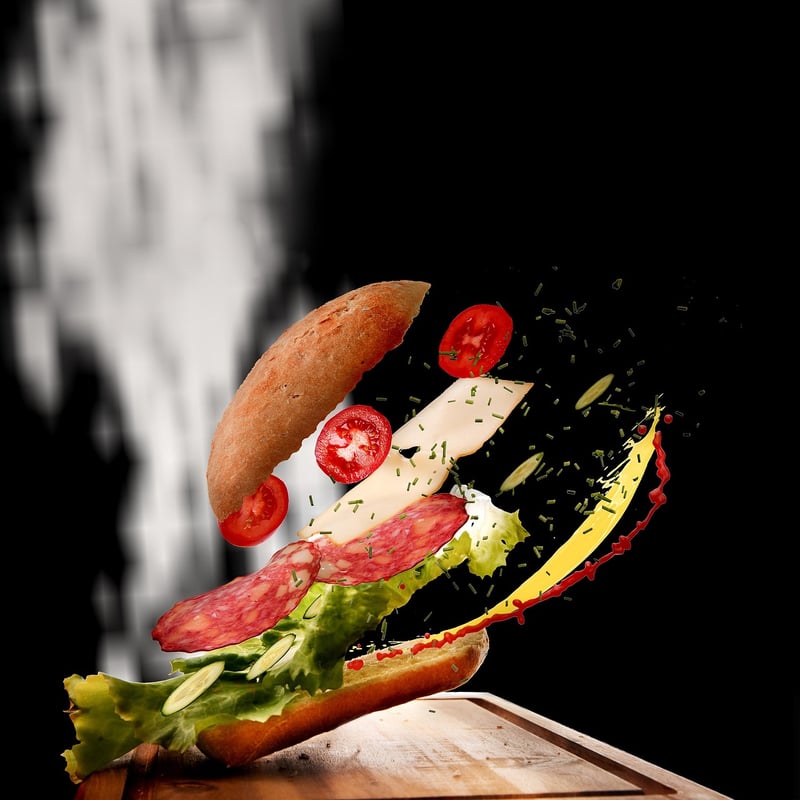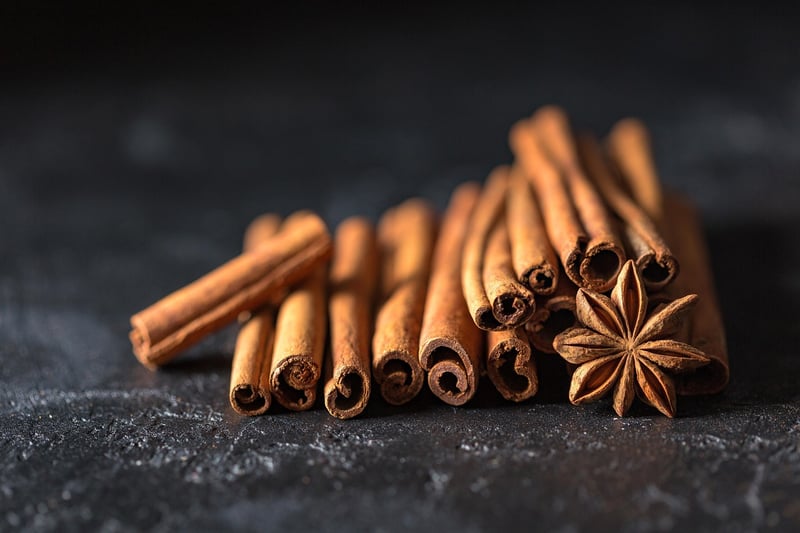Flavor Chemistry
The Science Behind Food: Flavor Chemistry
Have you ever wondered why certain foods taste the way they do? The answer lies in the fascinating world of flavor chemistry. This branch of science delves into the complex interactions of molecules that create the delicious tastes and aromas we experience when we eat.
What is Flavor Chemistry?
Flavor chemistry is the study of the chemical processes that occur in food to produce its unique taste and smell. It involves understanding how different compounds interact with our taste receptors to create sensations like sweetness, sourness, bitterness, saltiness, and umami.
Key Components of Flavor Chemistry
Flavor chemistry encompasses several key components:
- Aromas: Aromas are volatile compounds that contribute to the smell of food. These compounds can be detected by our olfactory system, enhancing our overall flavor experience.
- Taste Compounds: Taste compounds interact with taste receptors on our tongue, allowing us to perceive basic tastes like sweet, sour, bitter, salty, and umami.
- Texture: Texture plays a crucial role in how we perceive food. Factors like crunchiness, creaminess, and viscosity can influence our perception of flavor.
The Role of Molecules in Flavor
At the molecular level, flavor chemistry involves the interactions of various compounds present in food. For example, volatile compounds like aldehydes and ketones contribute to fruity aromas, while sulfur compounds are responsible for the pungent smell of garlic and onions.
Applications of Flavor Chemistry
Flavor chemistry has diverse applications in the food industry, including:
- Developing artificial flavors to mimic natural tastes
- Enhancing flavor profiles of existing food products
- Creating novel food combinations to tantalize the taste buds
Discover More About Flavor Chemistry
If you're intrigued by the science of flavor chemistry, delve deeper into this fascinating field to uncover the secrets behind your favorite foods!

Image Source: Pixabay
